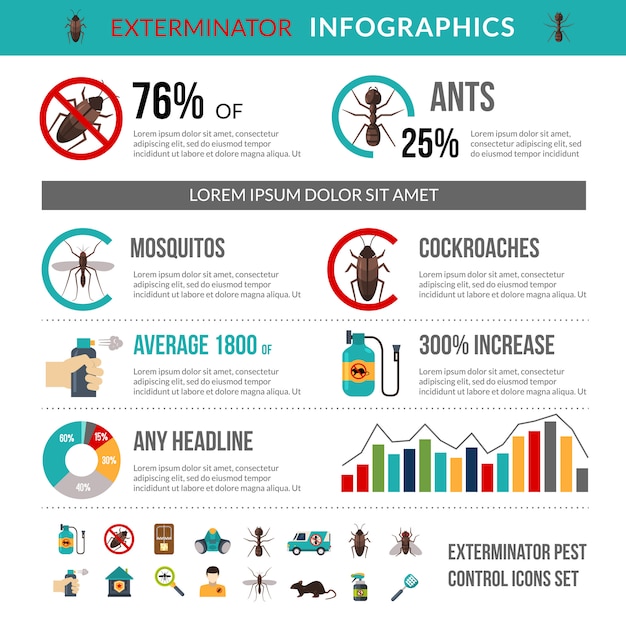Harness The Power Of Recognizing Rodent Nesting Practices To Outmaneuver These Animals And Master Your Rodent Control Techniques
Harness The Power Of Recognizing Rodent Nesting Practices To Outmaneuver These Animals And Master Your Rodent Control Techniques
Blog Article
Team Author-Talley Waugh
When it concerns rodent control, recognizing usual rodent behavior is essential to efficiently managing invasions. Did you recognize that rats have some interesting nesting habits that might stun you? By exploring their detailed behaviors, you can acquire important insights right into just how to tackle rodent issues in a much more calculated and reliable fashion. So, allow's unwind the enigmas behind these animals' actions and learn how to outsmart them in your rodent control initiatives.
Rat Nesting Habits
When observing rodents in their all-natural habitat, you'll see that they actively seek out materials to build their nests. Rodents, such as mice and rats, are clever animals that utilize a selection of things like twigs, leaves, paper, and textile to build their homes. They're careful in their nest-building process, commonly lining their nests with softer products like fur or feathers to develop a cozy setting.
Rodents like to construct their nests in surprise and safe and secure places to shield themselves and their young from predators. Usual nesting areas consist of wall surface cavities, attic rooms, basements, and even within insulation materials. By constructing their nests in these secluded areas, rodents can safely raise their children far from prospective dangers.
It is vital to comprehend the nesting habits of rodents when executing control measures. By disrupting their nests or removing materials, you can dissuade rats from establishing a presence in your home or building. Correct cleanliness and sealing entrance points are also vital action in stopping rodent invasions.
Rodent Feeding Patterns
After observing rodents' nesting practices, it comes to be obvious that their feeding patterns play a crucial function in their lives and habits. Rats, including computer mice and rats, are opportunistic feeders, implying they'll consume whatever food source is conveniently offered. They're largely nighttime animals, choosing to forage for food throughout the cover of evening to avoid predators.
Rodents have a diverse diet plan, ranging from grains, seeds, fruits, and veggies to bugs, nuts, and even tiny pets. This flexibility in their food choices permits them to prosper in different environments, including urban areas where human food resources are plentiful.
Their feeding patterns aren't just driven by cravings but likewise by the demand to accumulate food for times of deficiency. This actions is particularly visible in preparation for winter months or when nesting. Rodents are known to hoard food in their nests or burrows, guaranteeing a consistent food supply. Recognizing their feeding patterns is vital in carrying out effective rodent control procedures to interrupt their food sources and stop infestations.
Rodent Motion and Travel
Rodents browse their environments with agility and stealth, utilizing their keen senses to relocate swiftly through their settings. simply click the up coming web site are experienced mountain climbers, able to scale wall surfaces and upright surfaces with ease. They can also press with remarkably little openings, making it vital to seal any potential entrance factors in your home.
When it comes to traveling, rodents tend to comply with familiar courses, developing routes along wall surfaces or skirting the edges of spaces. They're creatures of habit, often adhering to these established paths as they forage for food or explore their surroundings.
Rodents are known for their nighttime routines, so you might hear them scooting around at night as they look for food and water. Their motions fast and erratic, enabling them to dart in and out of sight in the blink of an eye.
Recognizing just how rats relocate and travel can assist you identify potential problem locations in your house and take aggressive actions to stop these bugs from obtaining a grip.
click over here
As you work to control rodents in your house, keep in mind that understanding their behavior is essential. By recognizing their nesting habits, feeding patterns, and motion, you can properly stop infestations.
Coincidentally, by taking aggressive measures to get rid of food sources and seal off entry factors, you can disrupt their familiar paths and compel them to look for brand-new locations, ultimately decreasing the chance of rodent presence in your space.
